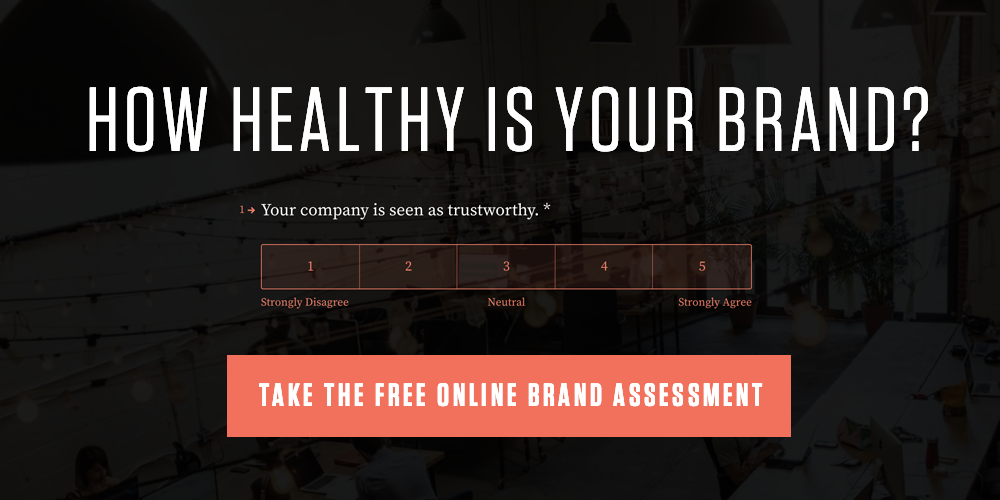Once you've completed a marketing campaign and analyzed the data from it, it's time for the final step before starting all over again: the campaign evaluation stage.
Evaluation is empowering, because it is the stage where you can celebrate what worked, ditch what didn't, and prepare to start a new marketing strategy with more wisdom and more tools at your disposal. Hopefully, the evaluation period is where you get to see just how much your previous marketing campaign taught you, good or bad, and give you the chance to fix it.
Drawing Conclusions
To successfully evaluate your marketing campaign, you need to have well organized data from your previous campaign. Using data to make decisions is proven to improve a company's marketing ROI by 15-20% (McKinsey & Company), so make sure you give this step the attention it deserves. (We wrote a blog that details the process of data analysis if you want to check it out.) A comprehensive data marketing analytics report is an important resource for your team to create before moving onto the evaluation stage. Using your report, look at the different patterns that formed from your data and, as a team, write out a list of "conclusions". Your conclusions should be fact based and always tied to optimizing your marketing strategy.
Creating Your Action Steps
Once you have your conclusions written out, work together to create two to three action steps for each conclusion. These action steps are essentially the "what are we gonna do about it" aspect of the evaluation.
For example, let's say your digital campaign analysis leads your team to conclude that blogging is your best source for lead generation. How do you turn that conclusion into an action step for the next campaign? Maybe you decide to instate an aggressive social media campaign to spread awareness about your blog's amazing content. You also decide to create a "Best Blogs of 2016" landing page that you email out to your new leads to get them interested and engaged in your blog content.
Evaluating Individual and Team Contributions
While you create your action steps, it's also a good time to evaluate individual contributions to your successes and failures. However, much like dividing a restaurant check by who ate what, this can be a bit on the awkward side. It's important to know what, and sometimes who, is responsible for the success or failure of the campaign.
Take another look at your conclusions and discuss, whether as a team or one-on-one, which departments are affected and what it means for the productivity of the company. You might notice that your sales team really rose to a new level this quarter, resulting in the conclusion that "closings are at an all time high, with a 20% increase from last quarter." You might also observe that you are pouring resources and time into your social media department, but that the team is not having the results you expected. Evaluation is the time to take a good look at who needs to be given more recognition and responsibility and who needs to be redirected or reconsidered.
It's also important to consider individual contributions when creating your action steps. Make sure that your action steps are backed up by a capable employee who will complete the action successfully! If three of your action steps involve creating new landing pages, and your web designer is the weakest link in the chain, you're going to have a problem. You need your team to support your efforts for progress and success, and evaluation is the time to assess if this is possible with your current setup.
Completing the Cycle
When you have your action steps and have organized your team to effectively tackle them, you've successfully completed the circle. You can now start the process of creating a new marketing plan around these action steps and an all-star team. And this time, you'll be nearly invincible. Not physically invincible though. Please don’t try to run through any walls.
–––––
How healthy is your brand? Take this free 20-question survey to find out.



